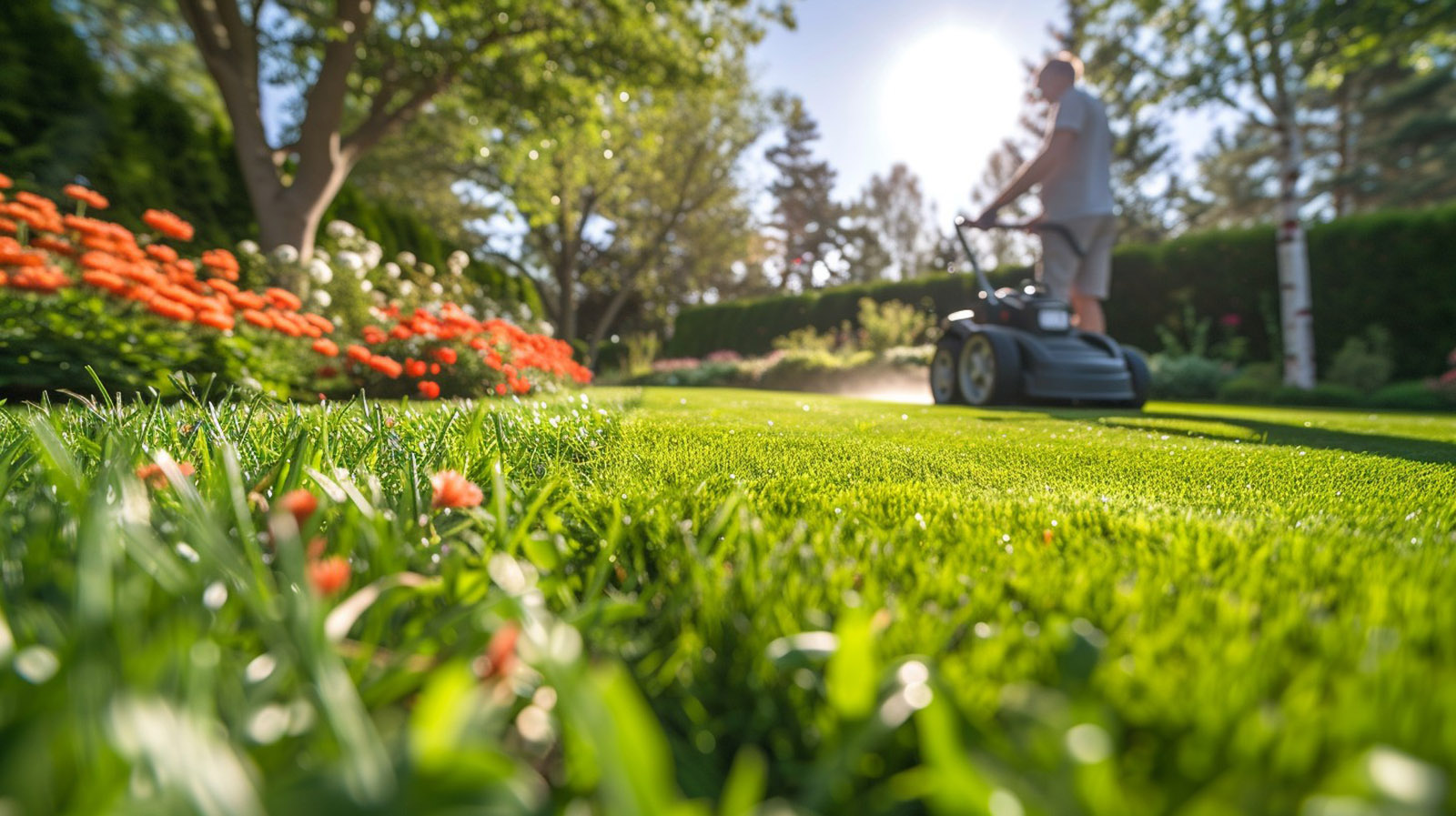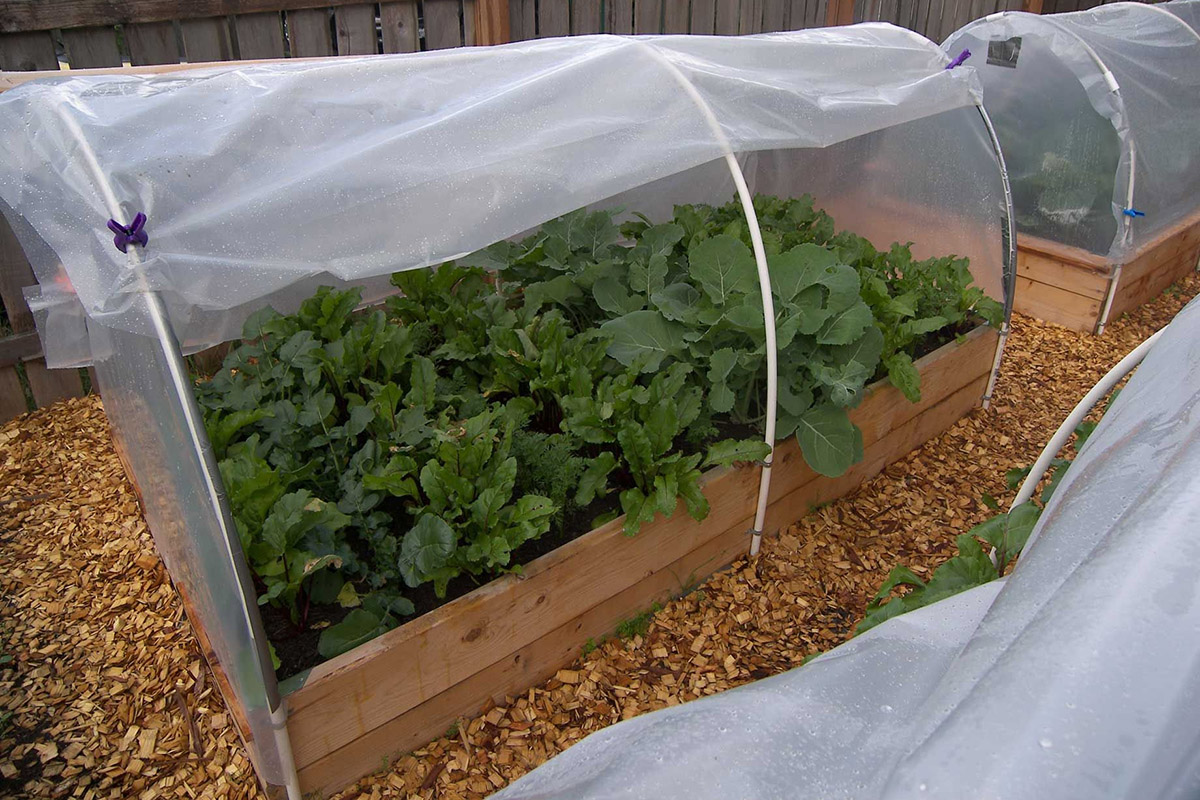
Gardening amidst frosty weather demands strategic planning and protective measures to ensure the health of your plants. Here is a detailed guide on effectively shielding your plants from the grasp of frost in the diverse climate of British Columbia:

Monitoring Weather Conditions
Monitoring Weather Conditions
Stay abreast of upcoming weather conditions, particularly frost alerts, by closely following temperature forecasts. In British Columbia, frost is more likely during clear, calm nights. Being well-prepared allows you to provide advance notice of impending frost events and take timely precautions. Weather forecasts are invaluable tools for identifying sensitive plants, enabling a focused effort to protect these vulnerable species.
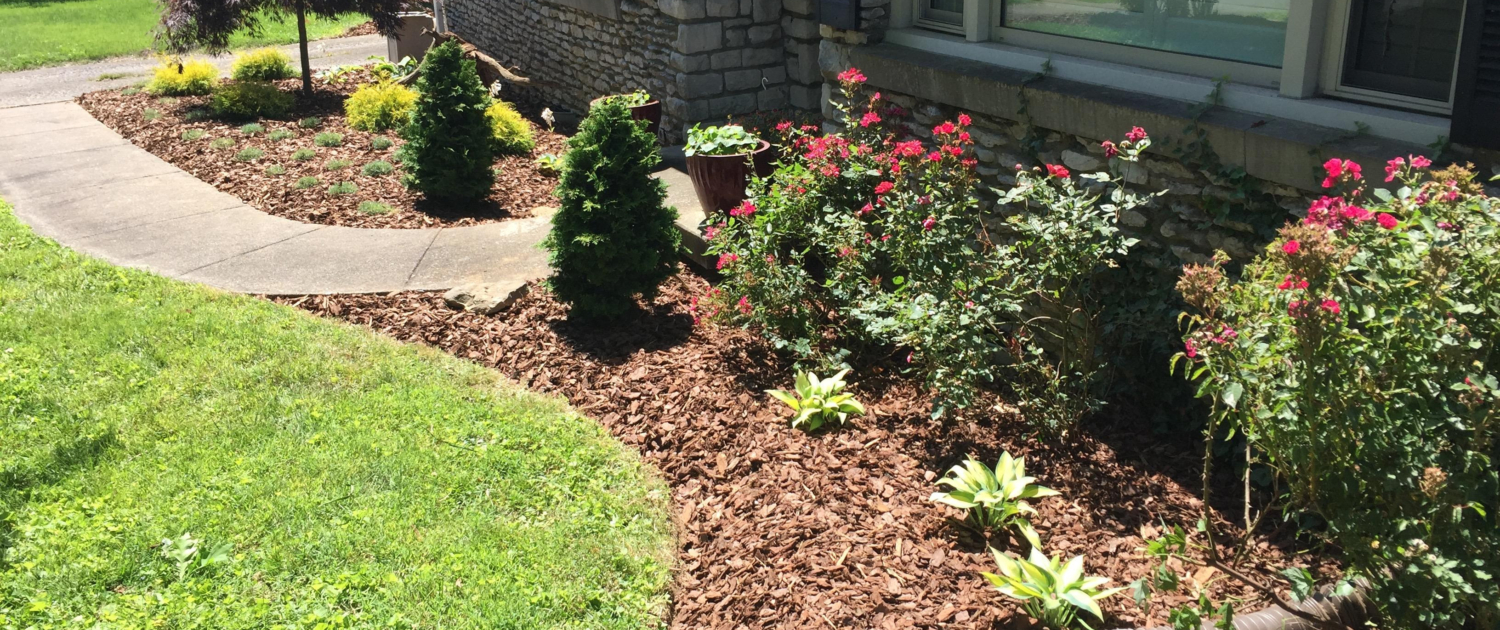
Mulching and Watering Strategies
Mulching and Watering Strategies
Apply a generous layer of organic mulch, such as straw or compost, around the base of plants. Mulch acts as a natural insulator, maintaining stable soil temperatures and safeguarding plant roots. Before frost arrives, ensure your plants are well-hydrated as moist soil retains heat effectively, providing added protection to plant roots.
Mulching and proper watering are crucial practices that promote soil health, conserve water, prevent diseases, and ensure overall plant well-being. Incorporating these strategies into gardening and agriculture is essential for successful plant cultivation.

Protective Coverings and Windbreaks
Protective Coverings and Windbreaks
Before dusk, cover delicate plants with frost cloth or old blankets, using plastic sparingly to avoid condensation that might harm plants. Secure coverings to the ground to retain heat and protect against chilling winds. Consider employing water-based defense strategies, such as giving your plants a thorough soak in the late afternoon, as the heat released when water freezes shields plant tissues from extreme cold.
Guarding your plants is vital for their survival, health, and productivity. Protection against various threats allows plants to thrive, resulting in a beautiful and fruitful garden.
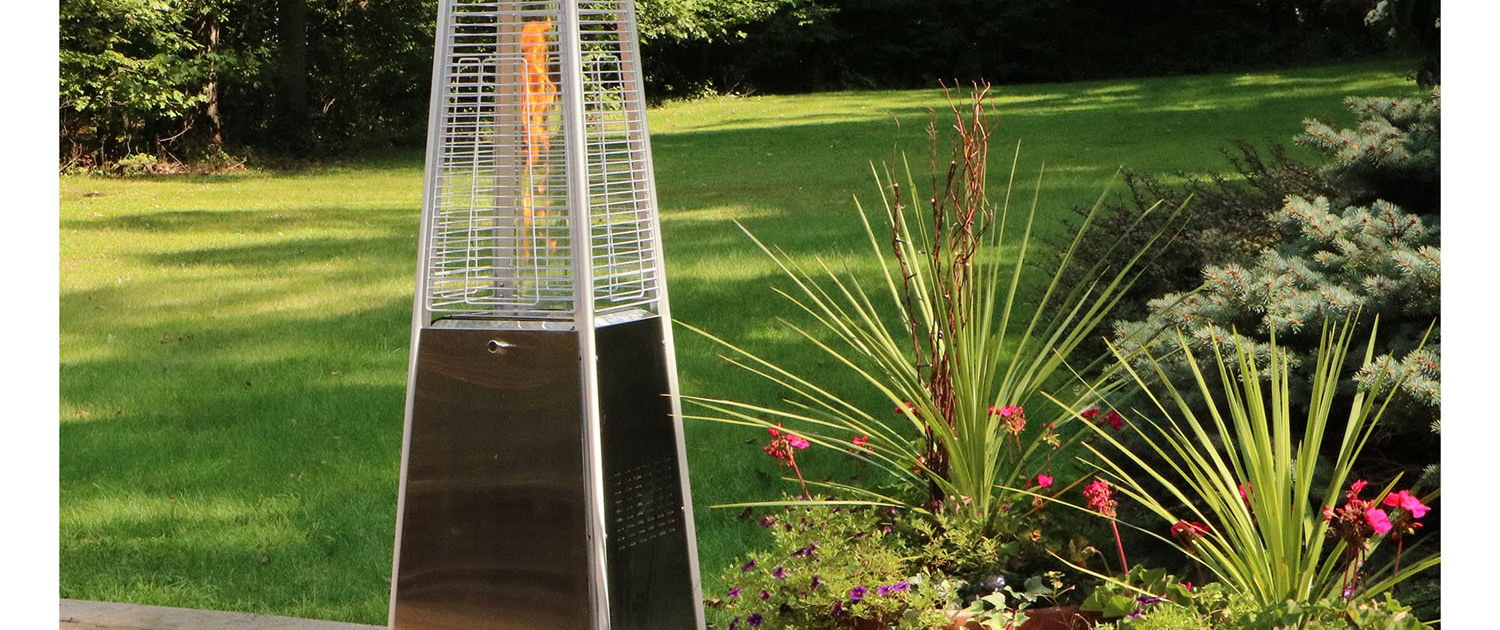
Portable Heaters or Incandescent Lights
Portable Heaters or Incandescent Lights
For smaller gardens or potted plants, use portable warmers or incandescent light strings placed near the plants, ensuring they don’t touch any foliage. These heat sources provide localized warmth, contributing to the overall well-being of your plants.
Portable heaters and incandescent lights are indispensable tools that offer warmth, illumination, and ambiance. They significantly contribute to indoor comfort, emergency preparedness, energy efficiency, and the overall quality of living and working spaces.
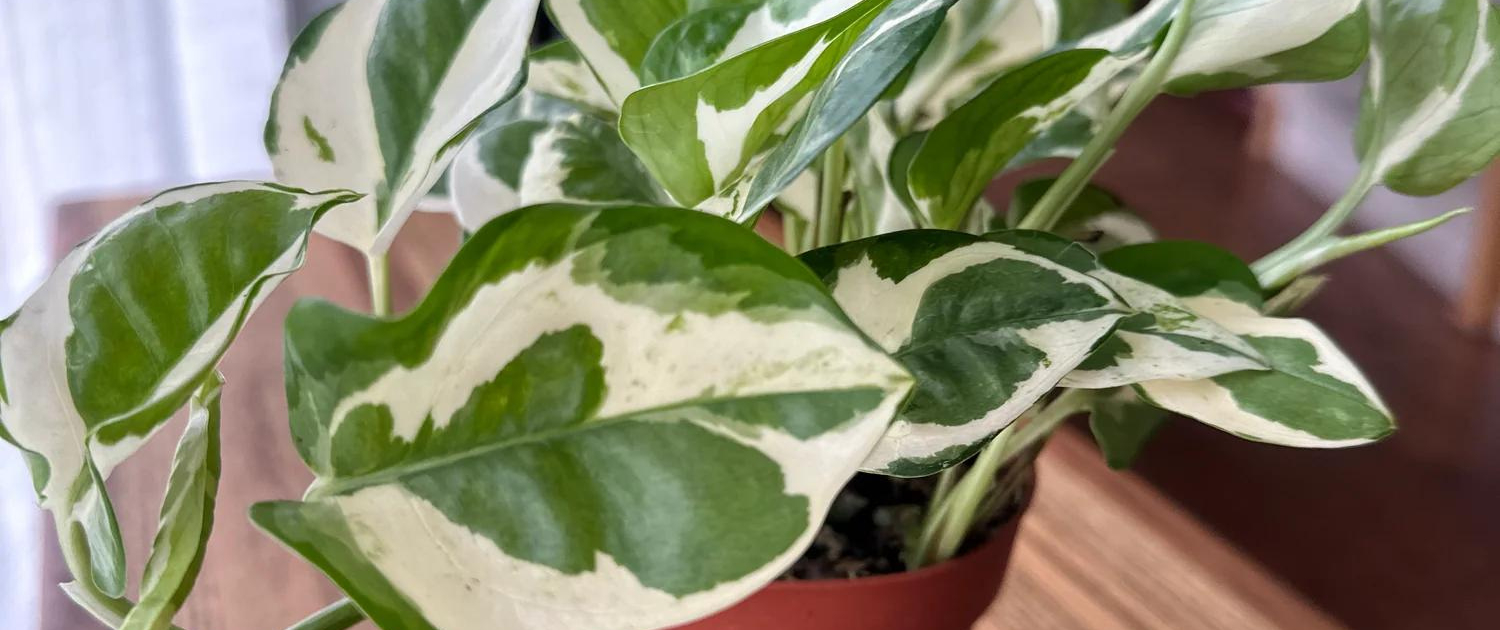
Morning Uncovering
Morning Uncovering
If your plants are covered, remove the covering in the morning once the sun is up and temperatures rise. Extended covering may result in moisture buildup and plant diseases. Morning uncovering promotes plant well-being by ensuring they receive sunlight, regulate temperature, prevent overheating, manage moisture levels, control pests, and maintain their natural growth patterns.
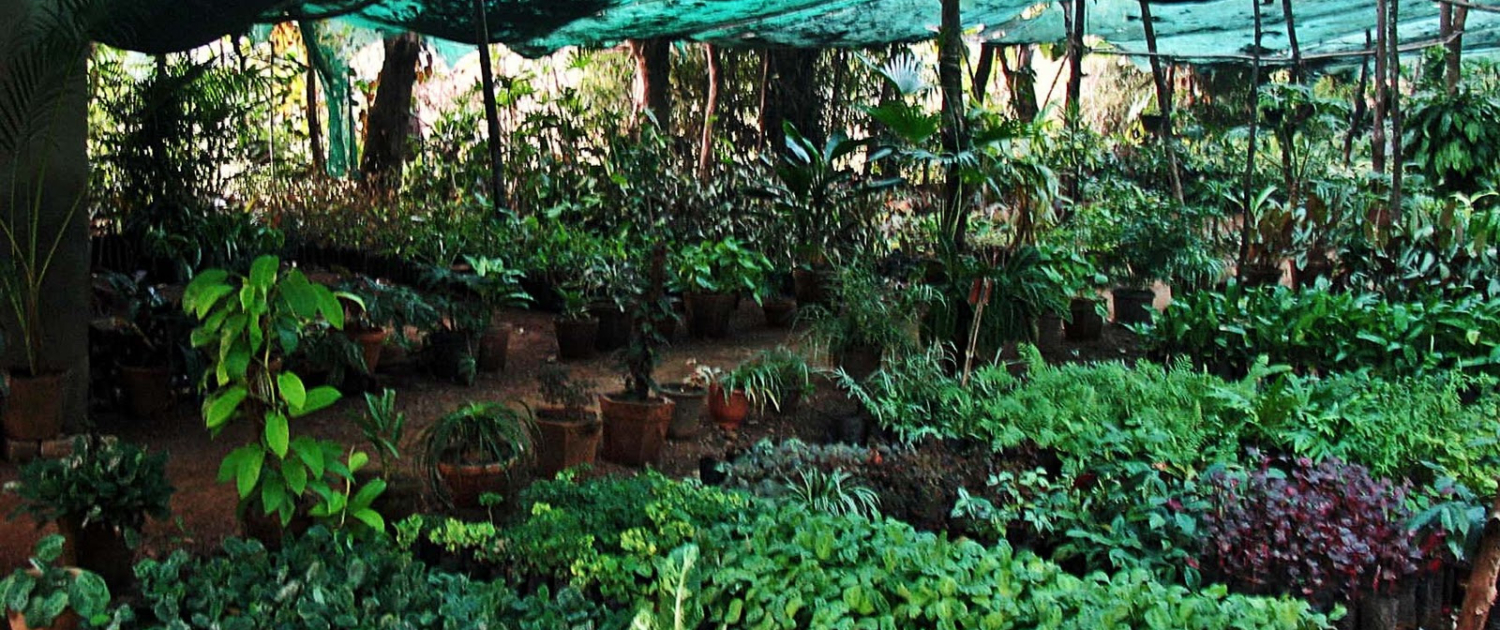
Long-Term Solutions
Long-Term Solutions
Consider sustainable, long-term solutions such as planting frost-sensitive plants in sheltered areas, creating microclimates, or investing in greenhouse gardening, particularly for delicate plants and valuable crops.
Investing in and implementing these long-term solutions is crucial for creating a resilient and thriving garden. They provide stability, resilience, and positive outcomes that benefit individuals, communities, and the natural environment in British Columbia.
